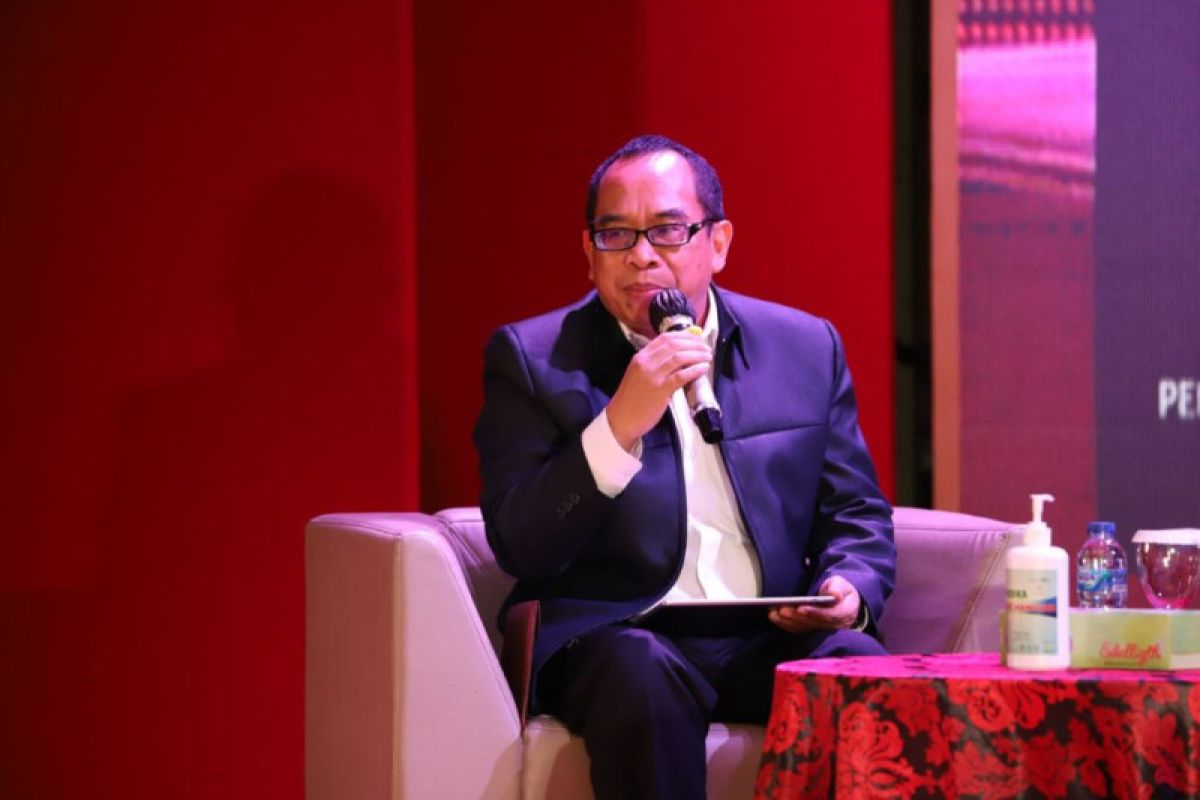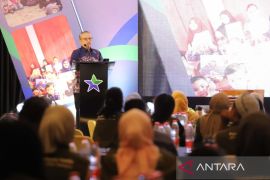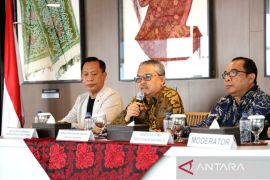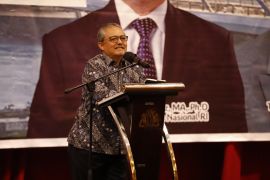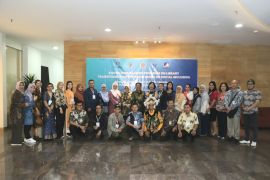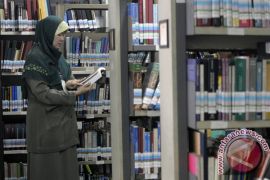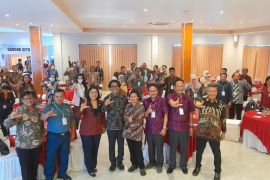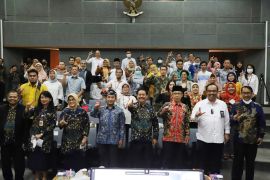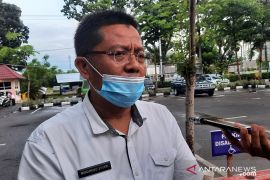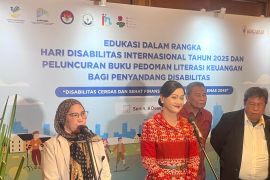Hence, there is a correlation between education, literacy, and poverty rateJakarta (ANTARA) - Indonesians' literacy development index continues to improve with each passing year, Head of the Planning and Finance Bureau at the National Library Joko Santoso stated.
Public literacy development index is a measurement developed by the National Library in addition to the reading interest level, he explained here, Thursday.
The public literacy development index increased, from 12.93 in 2020 to 13.54 in 2021, and it is targeted to reach 15 in 2024, he remarked.
Meanwhile, the public reading interest rate index increased, from 55.74 in 2020 to 59.92 in 2021, and it is targeted to reach 71.3 in 2024, he said.
Related news: SIG books Rp829 bln in net profit in first half
The public literacy development rate and reading interest affects the people's capability in managing their day-to-day lives that also influences the prosperity rate, he highlighted.
This occurs because literacy allows individuals to have the necessary skills to become successful in the manpower market, he explained.
"Hence, there is a correlation between education, literacy, and poverty rate," Santoso noted.
"According to the data, global illiteracy causes a loss that reach US$1.5 trillion per year. To this end, improving literacy is a must because it can be a powerful weapon in handling poverty," he noted.
The effort to improve public literacy encompasses bolstering the reading frequency, visit to library, and internet access for knowledge, he stated.
To improve literacy, the National Library undertakes efforts, such as the social inclusion-based library program that allows citizens to utilize library service to develop their potential.
Related news: President Jokowi scheduled to open R20 Meeting in Bali
According to Santoso, the social inclusion-based library program already covers 2,500 villages in districts or cities, and it will continue to be expanded.
Moreover, the National Library also made an effort to increase the reading material collection.
The number of reading materials available nationally stood at 28 million, or one reading material available for 19 people, which is below the UNESCO standard wherein there should be one reading material for two people.
Santoso also highlighted urgency to expand writing, translation activities, reprinting books, as well as improving access to digital reading material to improve reading material availability.
Moreover, he underlined the necessity of turning the public literacy improvement effort into a social movement.
"It cannot be done by one party alone but through collective effort," he remarked.
Social movement develops knowledge-based population and allows the public to utilize knowledge to create innovations in a sustainable manner, he said.
Related news: Indonesian Embassy promotes Indonesian halal products in MIHAS
Related news: G20 Orchestra to push collaboration, gender equality
Translator: Indriani, Fadhli Ruhman
Editor: Fardah Assegaf
Copyright © ANTARA 2022
